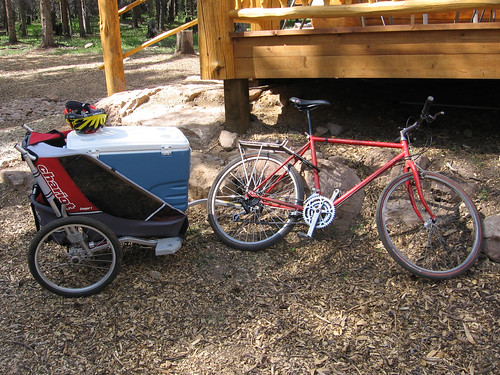Standards for Geospatial REST
Standards? We've got them. Formats: Atom, JSON, GML, and KML. Application protocols: HTTP and AtomPub. AtomPub provides a solid foundation for the next generation of WFS-like geo-CRUD things and is at the core of major projects at Google and Microsoft. I'm not sure why ESRI wouldn't follow suit. Reinventing it is fruitless; extending it behind the OGC's walls of secrecy equally so. Better to get involved with the Atom community and IETF to solve some of the issues that remain open for us geospatial folks: batching, simplification of media (specifically geospatial content) resource creation (maybe with AtomPub Multipart), and filtering.
Paul writes:
No matter how much we (me) might bitch about OGC standards, they have a huge advantage over DIY, in that they provide a source of truth. You want an answer to how that works? Check the standard.
Who is advocating DIY? The Web and the "Cloud" are standardizing on AtomPub. If OGC standards trump one-offs, IETF Web standards trump OGC standards: they are developed by expert internet engineers with years of hard-earned experience in design and implementation of application protocols; they get attention from engineers across the entire Web, rather than just from narrow domains like SDI; they are -- particularly in the Atom/AtomPub case -- discussed and revised in open forums. There are no artificial barriers to participation; if you're a serious, experienced, thoughtful person, you're in. If you want to understand why a standard is the way it is, you can dig in the Atom or AtomPub email list archives for clues, or you can email the list for clarification. Quality and transparency: that's the advantage of these standards.


Comments
Re: REST on the conference circuit 2008
Author: Andrew Larcombe
Follow the money. Have you ever had a client request a REST API instead of W*S for an application?Re: REST on the conference circuit 2008
Author: Sean
I understand where you're coming from, and that I'm in a different position with a bit more freedom to choose. Still, the FOSS4G community should be paying closer attention. Google gets it; Microsoft gets it; ESRI gets it; don't be left behind.